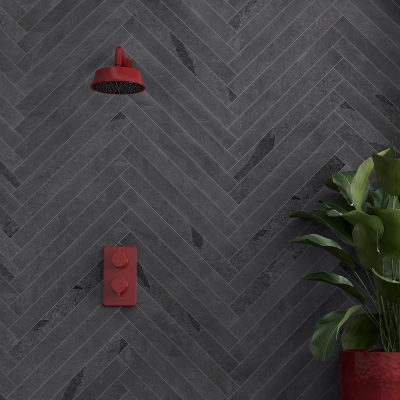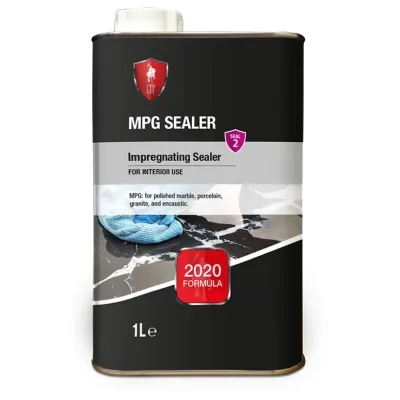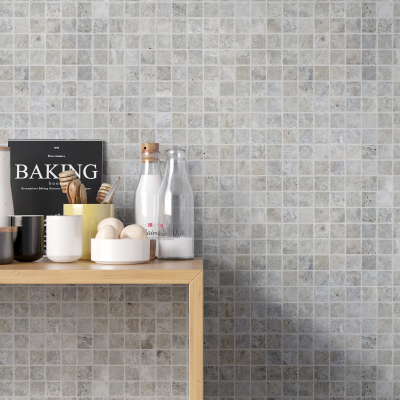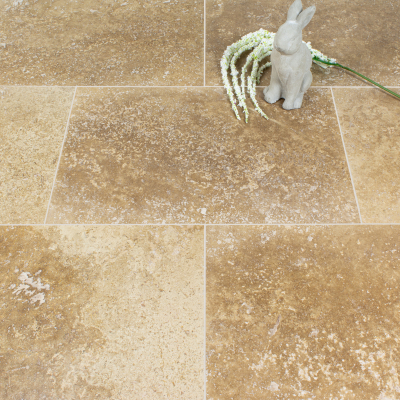Sandstone and Limestone, the difference?
Both Sandstones and Limestones are types of natural stones that are widely used in the construction sector and have been used by architects around the world for many centuries. These two stone types have always been extremely popular with homeowners around the globe for their versatility and visual appearance.
What is Sandstone?
Sandstones are formed by sand grains that are compressed and hardened over hundreds and thousands of years. The varying colours of each sand grain are what form the overall appearance of each type of sandstone, therefore the available colours of sandstone vary between brown, orange and even purple and many shades in between, depending on which part of the world they are being produced.
What is limestone?
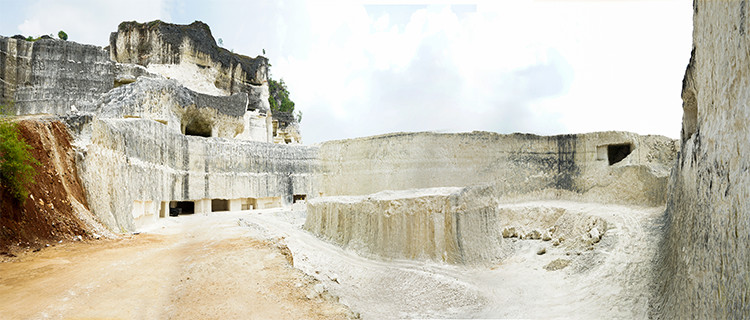
Limestones form in a very unique way. Limestone is made up of around 50% Calcium Carbonate. One of the main features of Limestones is the fact that you can see the existence of real shells of marine animals within their structure, being solidified and hardened over many years. Due to its main mineral being calcium carbonate, you will see fizzing when you apply diluted hydrochloric acid. This is why it is extremely important to use the right chemicals to clean any type of natural stone, as you may end up damaging your precious stones if the wrong product is used.
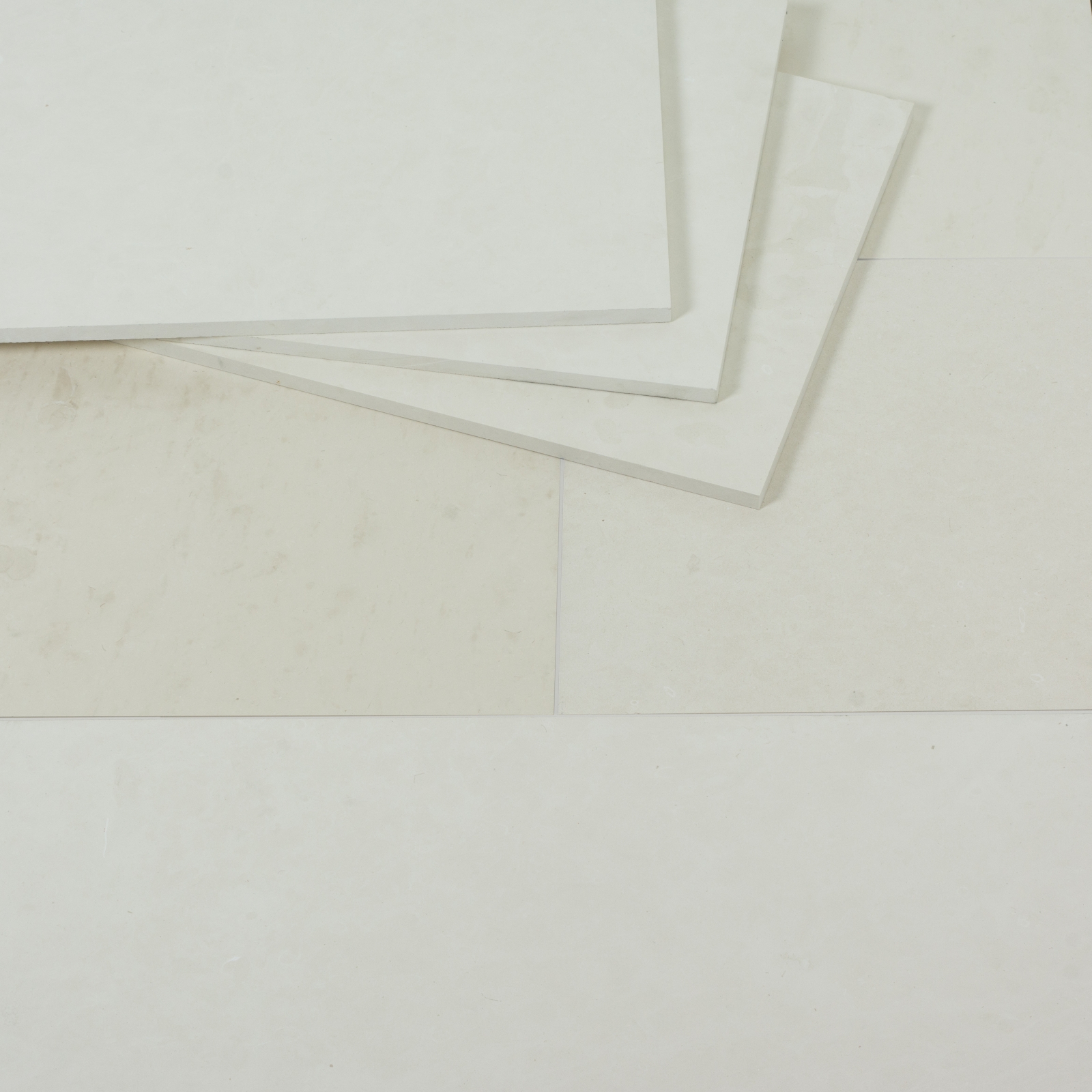
Where can Sandstones and Limestones be used around the home?
Due to their hard-wearing properties and extreme resistance to changing weather, both these stone types are the preferred option within the natural stone range for external use, although we should mention that Sandstones are a softer stone but ironically a denser range. They can both also be used for indoor applications.
As our current range does not include Sandstone, we will focus more on the natural limestone ranges and introduce to you the limestone benefits.
Water-resistant? Due to how Limestone forms, they have a natural resistance to water however, we recommend sealing your natural stones to ensure their natural beauty is protected for a longer period.
Slip resistant? Limestones generally have a natural resistance to slipping because of their textured surface, although they are not certified as anti-slip tiles.
We have multiple lines of Limestones with varying tones, colours and even textures to choose from to suit all types of projects.
Conclusion
Both Limestone and Sandstone have comparable qualities and maintenance requirements. Limestones however, are generally more popular if you are searching for something to use both indoors or outdoors. Being one of the biggest online Limestone providers, we have many Limestones within our listings to choose from for all types of projects.
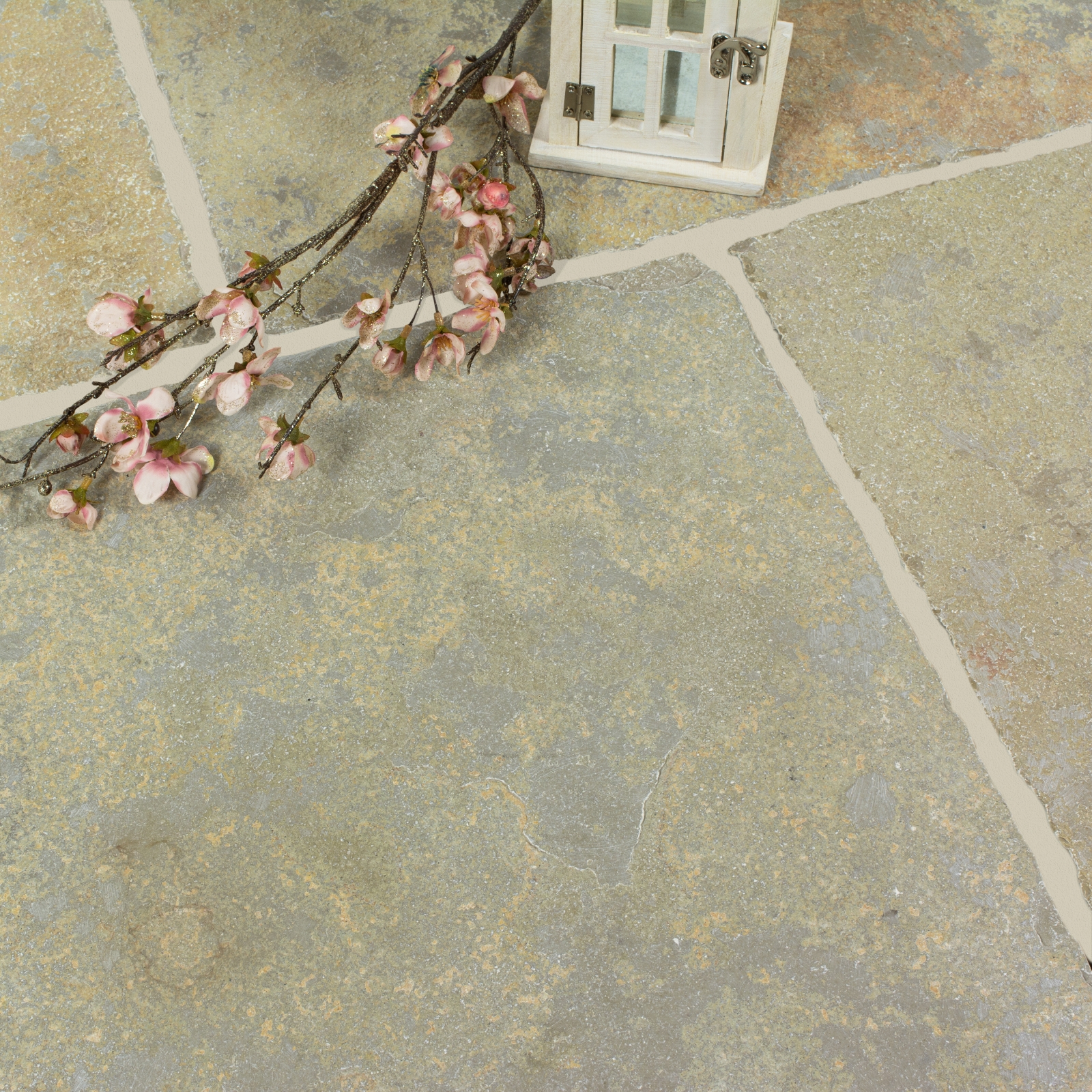
Our listings include the ever-popular Antalya Limra range that is very light in colour and has a smooth finish, which will help provide that sophisticated appearance and a clean look to any indoor space. As well as darker tones that are available with our Toulouse Grey, Vermont Grey and Romagne Grey, they all have a textured finish which makes them the perfect choice in areas where a more slip-resistant tile is required.
We have many other Limestones that vary in colour from yellow to green.
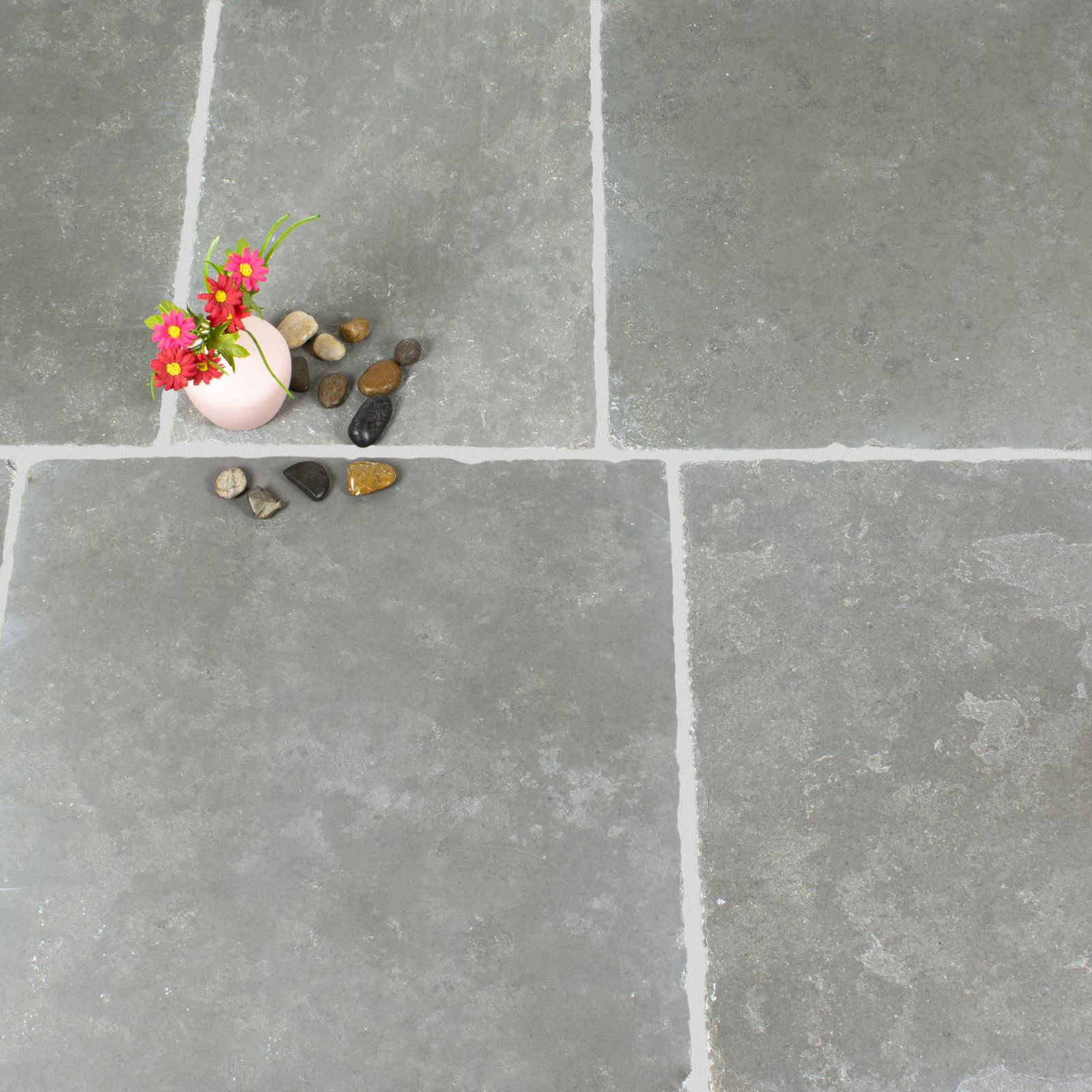
Why not check out our limestone range for yourself and request your free sample to view them in person? You will not be disappointed.
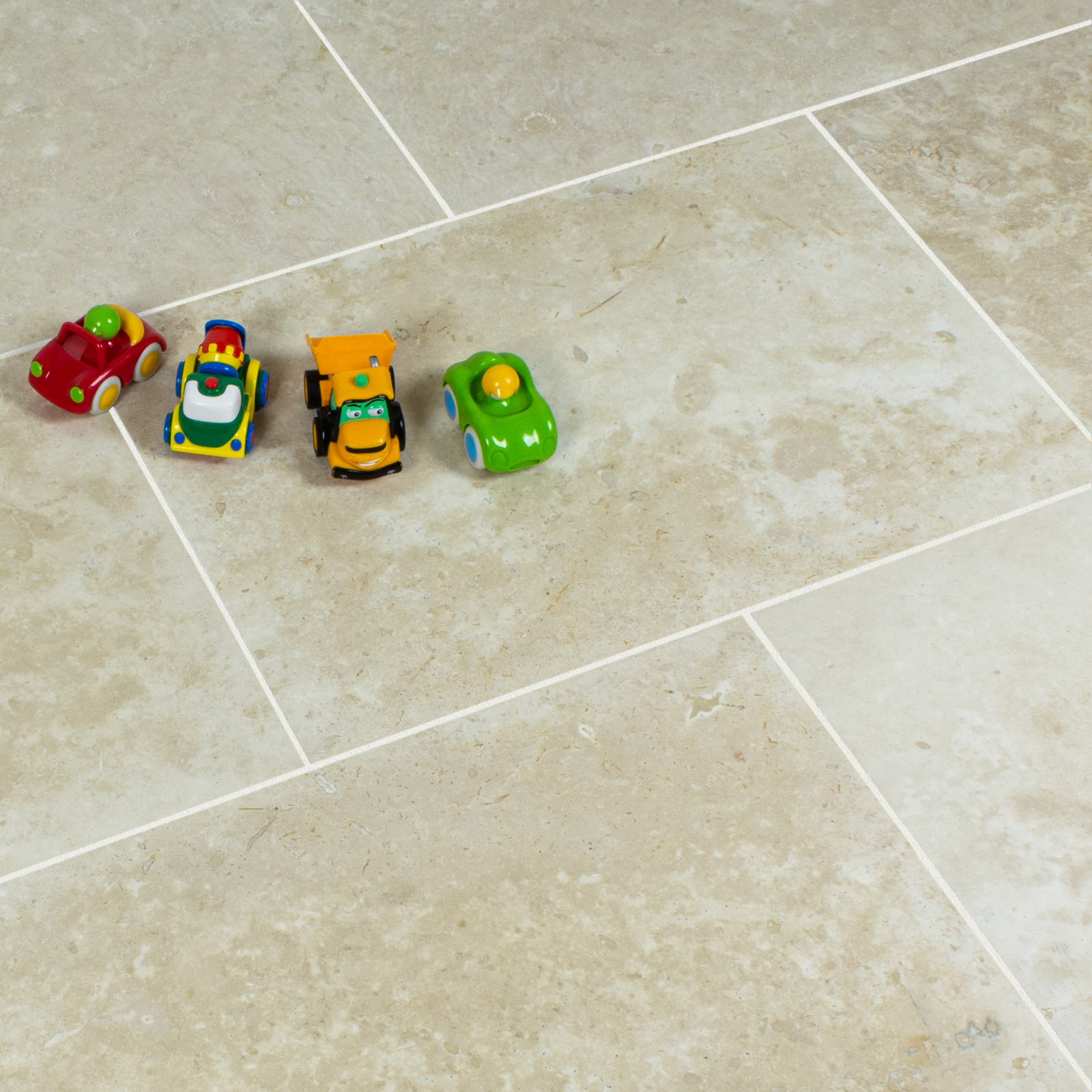
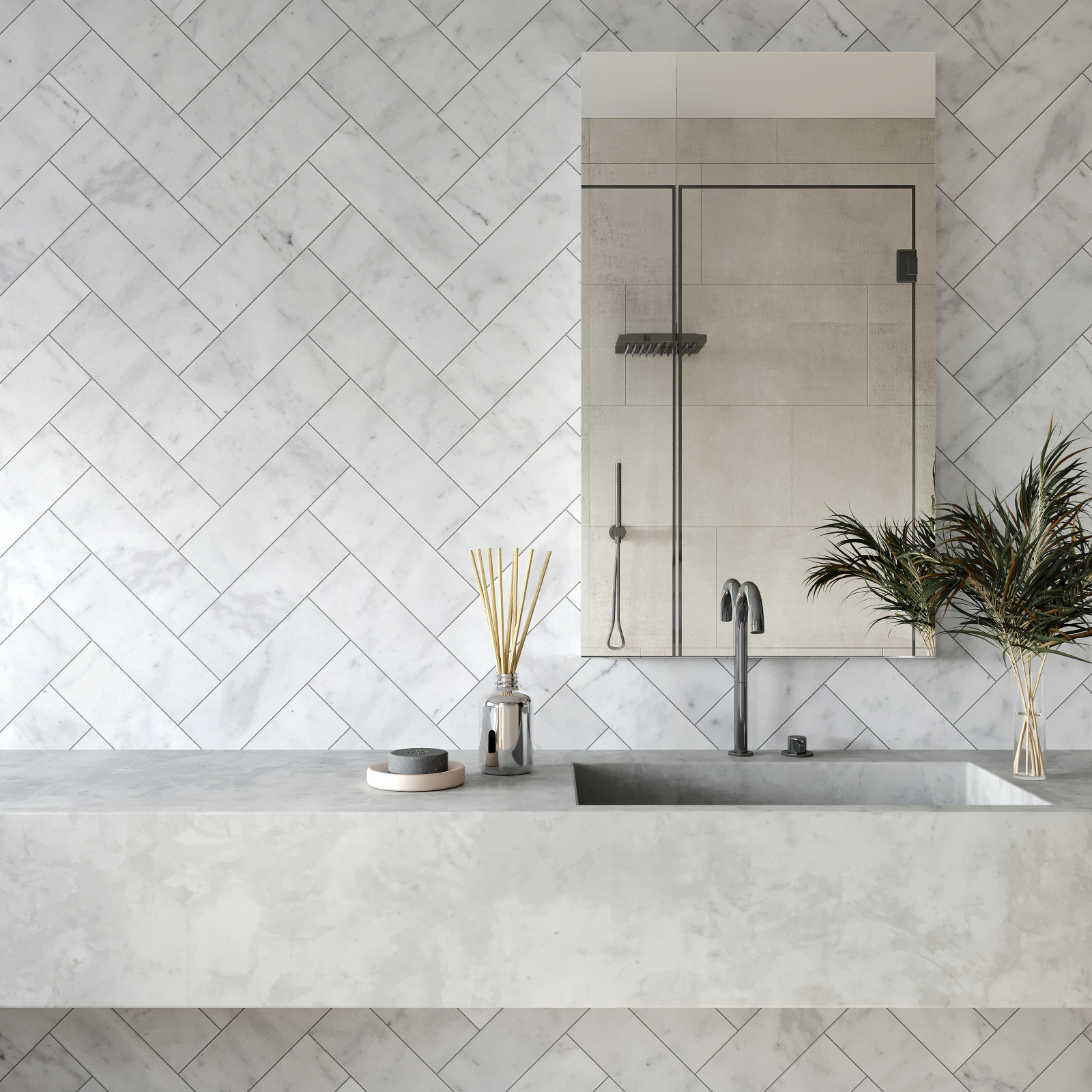
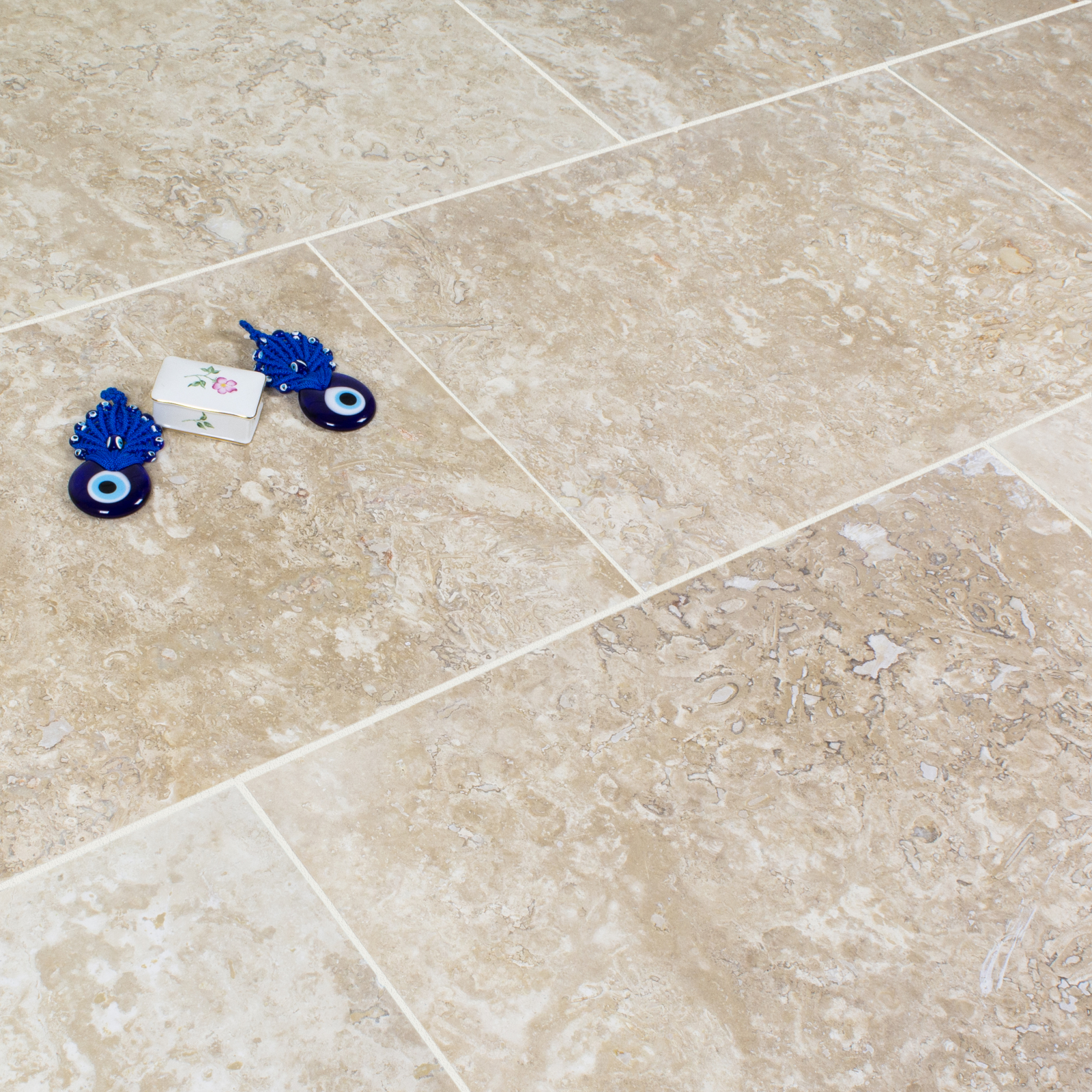
 REVIEWS
REVIEWS
